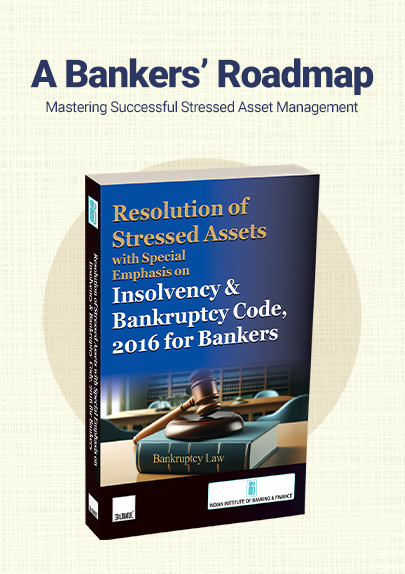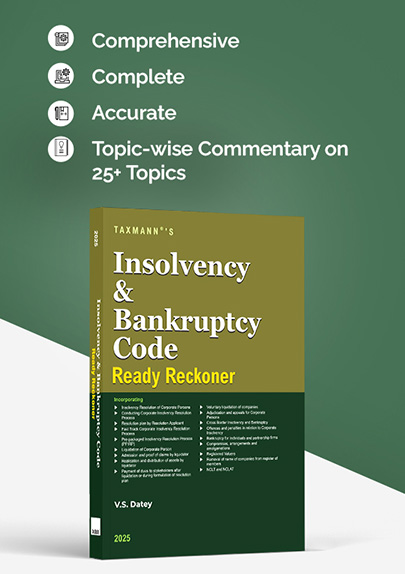GST Authority Directed to Not Take Coercive Action on SCN Issued for Period Under DGGI Investigation | HC
- Blog|News|GST & Customs|
- 2 Min Read
- By Taxmann
- |
- Last Updated on 3 March, 2025
Case Details: DRJ Petrochem (P.) Ltd. vs. Sales Tax Officer - [2025] 171 taxmann.com 701 (Delhi)
Judiciary and Counsel Details
- Yashwant Varma & Ravinder Dudeja, JJ.
-
Priyadarshi Manish, Ms Anjali Jha Manish & Ms Muskan Saxena, Advs. for the Petitioner.
-
Avishkar Singhvi, ASC & Shubham Kumar, Adv. for the Respondent.
Facts of the Case
The petitioner, a registered assessee under the Goods and Services Tax (GST) regime, challenged a Show Cause Notice (SCN) issued by the State GST authority under Section 73 of the Central Goods & Services Tax Act, 2017. The petitioner contended that the SCN was unsustainable as the same tax period was already under investigation and adjudication pursuant to a prior SCN issued by the Directorate General of GST Intelligence (DGGI), Chandigarh. It was argued that parallel proceedings by two authorities for the same tax period would lead to duplicative adjudication, potential conflicting conclusions, and an undue compliance burden. The writ petition was filed before the High Court, seeking relief against the impugned SCN. During the proceedings, the Revenue, relying on the decision in DLF Home Developers Limited v. Sales Tax Officer Class II, AVATO, Govt. of NCT of Delhi & Anr. [WP(C) 11037/2024 dated 26 September 2024], submitted that no coercive steps would be taken under the impugned SCN until the adjudication of the DGGI proceedings was concluded.
High Court Held
The Hon’ble High Court held that when the same tax period is already under investigation by the DGGI, any parallel proceedings initiated by the State GST authority under Section 73 of the CGST Act, 2017, shall remain in abeyance pending the conclusion of the DGGI’s adjudication. The court recorded and accepted the Revenue’s statement that no coercive steps would be taken on the impugned SCN until the DGGI proceedings reached their conclusion. Accordingly, the writ petition was disposed of in these terms.
List of Cases Reviewed
- DLF Home Developers Limited v. Sales Tax Officer Class II, AVATO, Govt. of NCT of Delhi & Anr. [WP(C) 11037/2024 dated 26 September 2024 – (para 3) followed
Disclaimer: The content/information published on the website is only for general information of the user and shall not be construed as legal advice. While the Taxmann has exercised reasonable efforts to ensure the veracity of information/content published, Taxmann shall be under no liability in any manner whatsoever for incorrect information, if any.

Taxmann Publications has a dedicated in-house Research & Editorial Team. This team consists of a team of Chartered Accountants, Company Secretaries, and Lawyers. This team works under the guidance and supervision of editor-in-chief Mr Rakesh Bhargava.
The Research and Editorial Team is responsible for developing reliable and accurate content for the readers. The team follows the six-sigma approach to achieve the benchmark of zero error in its publications and research platforms. The team ensures that the following publication guidelines are thoroughly followed while developing the content:
- The statutory material is obtained only from the authorized and reliable sources
- All the latest developments in the judicial and legislative fields are covered
- Prepare the analytical write-ups on current, controversial, and important issues to help the readers to understand the concept and its implications
- Every content published by Taxmann is complete, accurate and lucid
- All evidence-based statements are supported with proper reference to Section, Circular No., Notification No. or citations
- The golden rules of grammar, style and consistency are thoroughly followed
- Font and size that’s easy to read and remain consistent across all imprint and digital publications are applied






 CA | CS | CMA
CA | CS | CMA


